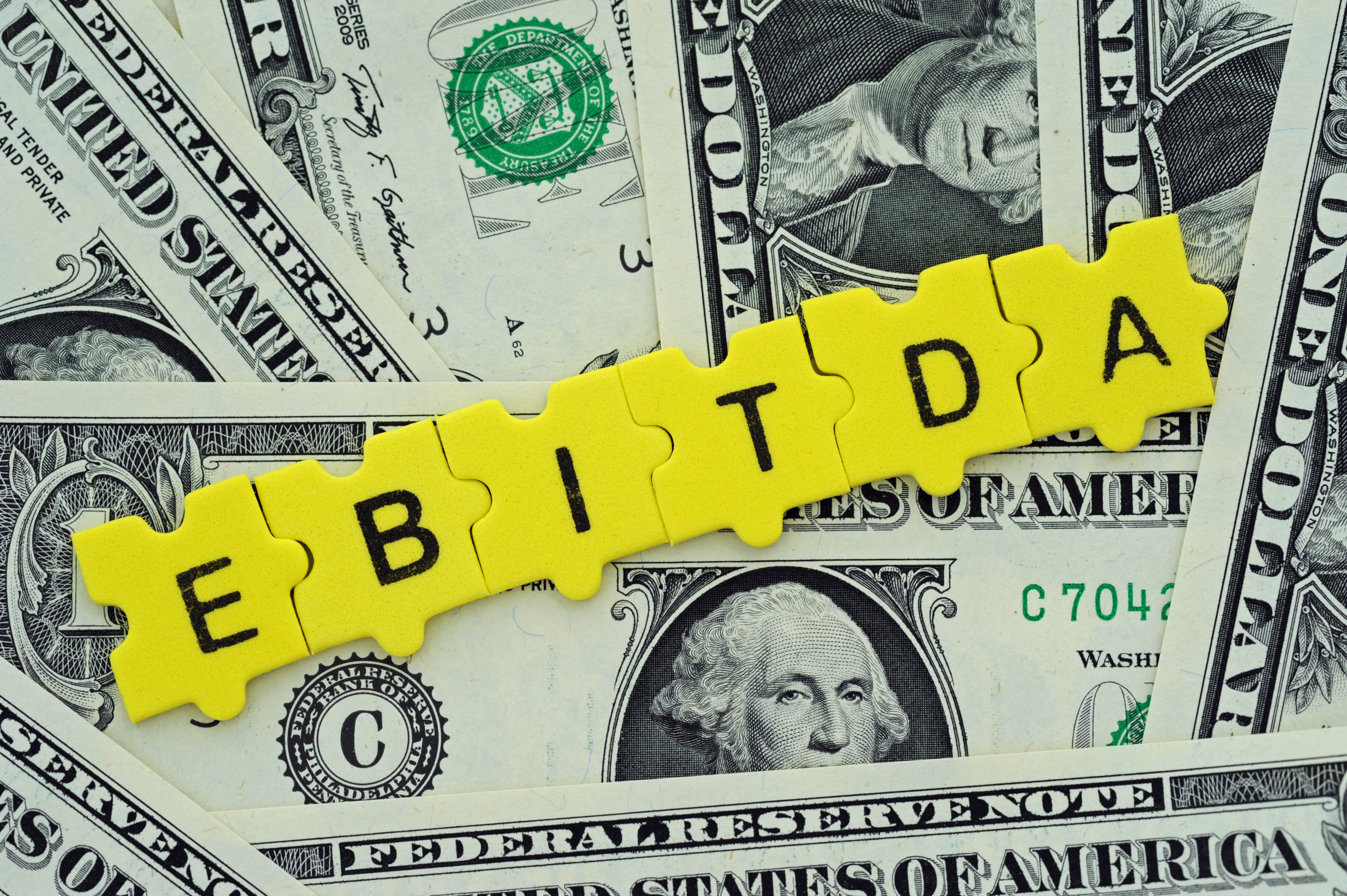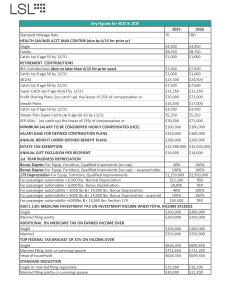Key Takeaway:
Even though the One Big Beautiful Bill Act (OBBBA) restored 100% bonus depreciation at the federal level, California still doesn’t conform. The state limits §179 expensing to $25,000 and completely disallows bonus depreciation—creating a big difference between your federal and state taxable income.
California and Bonus Depreciation: Still a No-Go
While federal law allows businesses to expense 100% of qualifying property immediately, California has consistently refused to adopt bonus depreciation (§168(k)).
That means any asset you fully expense federally under the new OBBBA rules must be added back to your California income and depreciated over time.
Example:
If your business buys $500,000 in new machinery:
- Federal return: Full $500,000 deduction in 2025.
- California return: No bonus allowed—you depreciate the asset over 5–7 years instead.
Result: Your California taxable income is much higher in 2025, even though your federal tax bill drops.
§179 in California: Limited and Phased Out Fast
California caps its §179 deduction at $25,000, with a phase-out starting at $200,000 in total asset additions.
Once you exceed $225,000 in purchases, your §179 deduction disappears entirely.
Compare that to the federal §179 limit of $1.22 million (phasing out after $3.05 million).
What that means:
- Mid-size or growing California businesses rarely get a meaningful §179 deduction at the state level.
- You’ll still benefit federally, but you’ll need to plan for the mismatch.
The Federal-State Mismatch: A Cash Flow Surprise
When you combine the two differences—no bonus and limited §179—California taxpayers end up with:
- Higher state taxable income in the current year.
- Depreciation deductions in future years, as assets are written off more slowly.
- Timing differences that can complicate estimated payments and financial-statement tax provisions.
If you aren’t careful, you could enjoy a big federal deduction and still owe more California tax than expected.
Planning Strategies for California Businesses
Here’s how to make accelerated expensing work for you, even with state limitations:
Maintain dual depreciation schedules: Keep separate fixed-asset records for federal and California purposes.
Model both returns: Run side-by-side projections for your federal and California tax impacts before year-end.
Adjust state estimated payments: Higher California taxable income means you may owe more—plan accordingly to avoid penalties.
Don’t ignore NOL rules: California currently suspends NOL use for businesses with taxable income over $1 million (2024–2026). That makes timing even more important.
Coordinate with your CPA: Your advisor can help determine when to use §179 federally, when to defer purchases, and how to avoid timing mismatches.
The Bottom Line
The return of 100% bonus depreciation is great news—just not for California. The state’s refusal to conform means your federal and state tax outcomes will look very different, especially in equipment-heavy industries.
Don’t let the mismatch catch you off guard. Plan early, track both sets of numbers, and make sure your year-end strategy accounts for how California really works.




